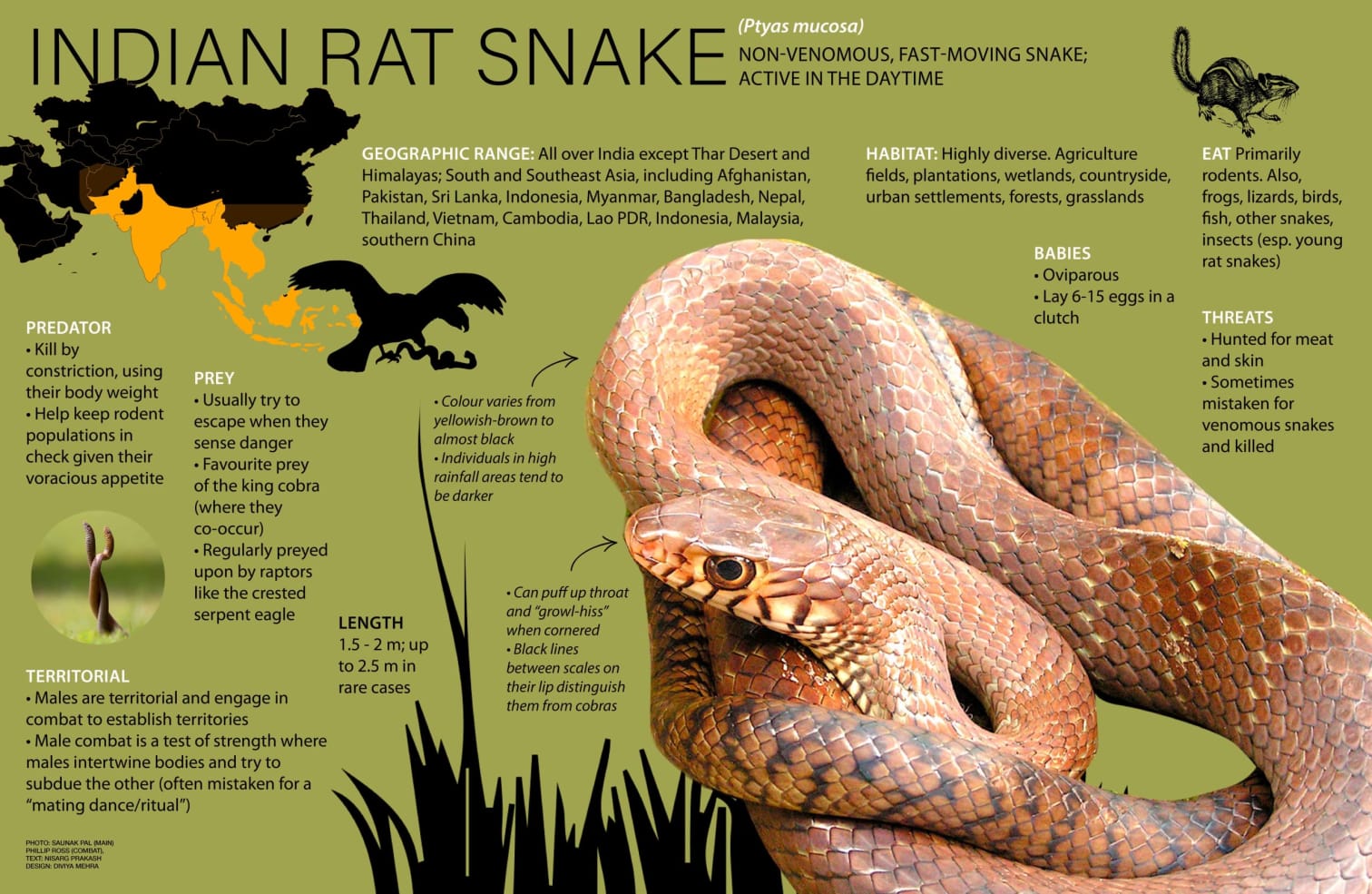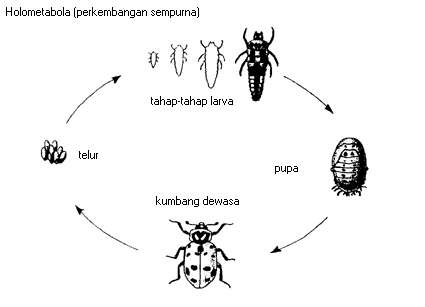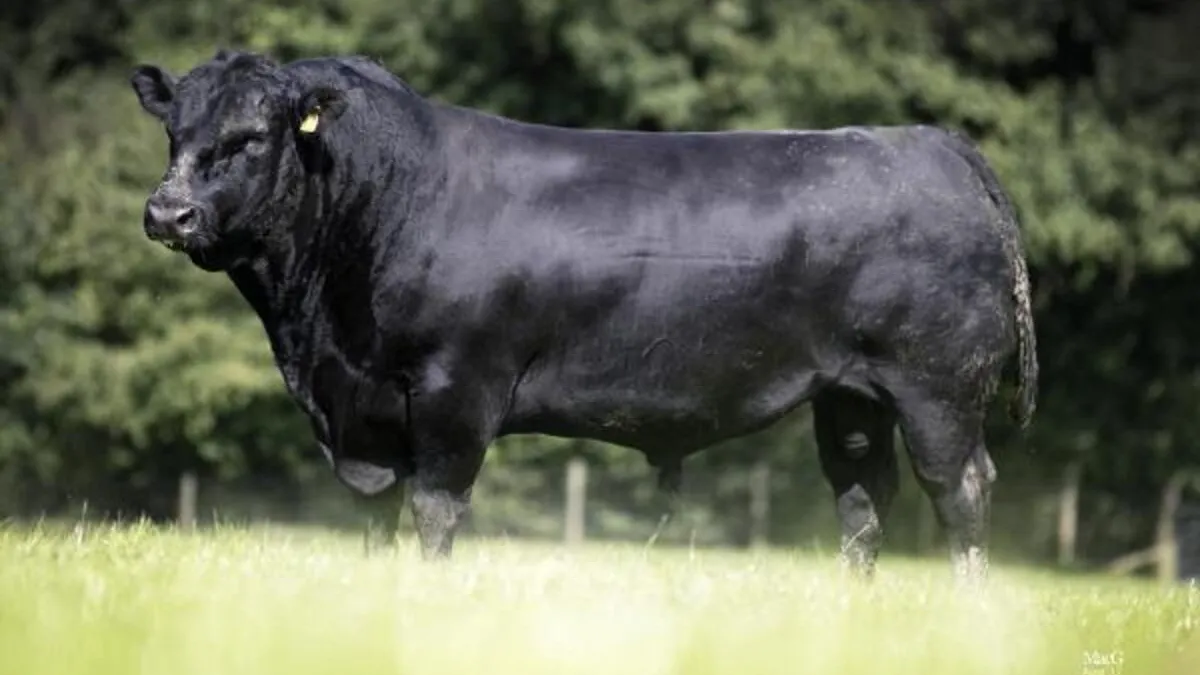Rat snakes, often referred to as "hewan ular tikus" in some regions, are a diverse group of non-venomous snakes renowned for their adaptability and widespread presence across various habitats. These snakes play a crucial role in maintaining ecological balance by controlling rodent populations. Their intriguing behaviors, physical diversity, and interactions with humans make them a fascinating subject of study. This article provides a comprehensive overview of rat snakes, exploring their characteristics, habitat, behavior, and the importance of their conservation.
Introduction to Rat Snakes: An Overview of Their Characteristics
Rat snakes belong to the genus Pantherophis and Elaphe, encompassing numerous species found across North America, Asia, and parts of Europe. They are generally medium-sized snakes, known for their slender bodies and agility. Unlike venomous snakes, rat snakes are non-venomous constrictors, meaning they subdue their prey by wrapping around it and squeezing until it suffocates. Their keen senses, particularly their sharp eyesight and sense of smell, aid them in hunting and navigation. Rat snakes are also characterized by their calm demeanor, which often makes them less aggressive toward humans. Their adaptability to various environments and diets has contributed to their widespread distribution.
In terms of coloration and patterning, rat snakes exhibit a wide range of appearances, from solid colors to intricate patterns and markings. This variability helps them blend into their surroundings, providing both camouflage from predators and stealth for hunting prey. Many species display a shiny, smooth-scaled appearance that enhances their agility. Despite their often intimidating reputation, rat snakes generally pose little threat to humans and are considered beneficial creatures due to their pest control capabilities. Their resilience and versatility have made them a subject of interest for both scientists and snake enthusiasts alike.
Rat snakes are also notable for their reproductive strategies. They are oviparous, laying eggs that hatch after incubation. The number of eggs and reproductive cycles can vary depending on the species and environmental conditions. Their ability to thrive in diverse habitats—from forests and grasslands to urban areas—demonstrates their adaptability. Overall, rat snakes are vital components of their ecosystems, contributing to the regulation of rodent populations and serving as prey for larger predators. Their physical and behavioral traits make them a remarkable example of evolutionary success among constrictor snakes.
Despite their ecological importance, rat snakes often face threats from habitat destruction, pollution, and human persecution. Understanding their characteristics and roles in nature is essential for promoting coexistence and conservation efforts. As we explore further, we will delve into their physical features and size variations to better appreciate their diversity and adaptations.
Physical Features and Size Variations of Rat Snakes
Rat snakes exhibit a range of physical features that vary significantly among species. Typically, they have elongated, cylindrical bodies that facilitate swift movement through their environments. Their heads are usually slightly wider than their necks, with keen eyes equipped with vertical pupils, aiding in hunting and night activity. The scales covering their bodies are smooth and glossy, often reflecting light, which enhances their stealth and agility. Their coloration can include shades of gray, brown, black, yellow, or green, often accompanied by distinctive patterns such as blotches, stripes, or speckles. These patterns serve as camouflage, helping them evade predators and ambush prey.
Size variations are notable among rat snake species. Most adult rat snakes range from 3 to 6 feet (0.9 to 1.8 meters) in length, although some species can grow longer. For example, the Eastern rat snake (Pantherophis alleghaniensis) can reach up to 6.2 feet (1.9 meters), making it one of the larger species. Conversely, smaller species like the Corn Snake (Pantherophis guttatus) typically measure around 3 to 4 feet (0.9 to 1.2 meters). The size of an individual snake often depends on factors such as age, diet availability, and habitat conditions. Body girth also varies, with some species exhibiting more robust builds suited for constriction.
The tail length in rat snakes is proportionate to their overall body size, often tapering sharply toward the tip. Their muscular bodies enable constriction and quick movement, both on the ground and in trees. The scales on their underside are typically smooth, aiding in frictionless movement. Some species display a keeled scale pattern, which can influence their texture and appearance, although smooth scales are more common. The physical features of rat snakes are finely tuned to their ecological roles as predators of rodents and prey for larger animals.
Overall, the physical diversity among rat snakes demonstrates their evolutionary adaptations to various environments. Their size, coloration, and body structure allow them to survive and thrive across a broad spectrum of habitats. Understanding these features provides insight into their behavior, diet, and ecological significance. The next section will explore their natural habitats and geographic distribution, highlighting where these adaptable snakes can be found.
Natural Habitat and Geographic Distribution of Rat Snakes
Rat snakes are highly adaptable and occupy a wide range of habitats across their geographic distribution. They are commonly found in forests, grasslands, wetlands, and agricultural areas, often favoring regions that provide ample cover and access to prey. Many species are also comfortable living in suburban and urban environments, where they can find abandoned buildings, piles of debris, and gardens that support their needs. Their ability to thrive in diverse habitats is a key factor in their widespread presence.
In North America, rat snakes are primarily distributed across the eastern United States, from southern Canada to northern Mexico. The Eastern rat snake (Pantherophis alleghaniensis) is prevalent in deciduous forests, woodlands, and farmland. The Western rat snake (Pantherophis obsoletus) ranges across the central U.S., adapting to various terrains including prairies and river valleys. In Europe and Asia, species such as the Elaphe genus inhabit temperate forests, riparian zones, and rocky hillsides. Their distribution often correlates with the availability of prey, particularly rodents, which constitute their main diet.
These snakes typically prefer environments with access to hiding spots such as logs, rocks, and dense vegetation. They are excellent climbers and often utilize trees and shrubs for hunting and resting. Their ability to burrow into loose soil or leaf litter also provides protection from predators and extreme weather conditions. Seasonal changes influence their activity patterns; many rat snakes hibernate during colder months in temperate regions, retreating to underground dens or abandoned burrows. In warmer climates, they remain active year-round, adjusting their behaviors accordingly.
Geographically, rat snakes are absent from arid deserts and tropical rainforests, which do not meet their ecological requirements. However, their presence in temperate zones across continents highlights their remarkable adaptability. Conservation of their habitats is crucial, as urbanization and deforestation threaten their populations in certain areas. The next section will examine their behavior patterns and activity cycles, revealing how these snakes interact with their environments throughout the year.
Behavior Patterns and Activity Cycles of Rat Snakes
Rat snakes exhibit a variety of behavioral patterns that are closely tied to their environment and seasonal cycles. They are primarily diurnal and crepuscular, meaning they are most active during the day and twilight hours. This activity pattern allows them to hunt efficiently and avoid the extreme heat of midday in warmer regions. Their agility and keen senses enable them to navigate complex terrains, climb trees, and squeeze into tight spaces in pursuit of prey or refuge.
During the breeding season, which varies by species and region, rat snakes often display increased activity levels. Males may engage in territorial behaviors and compete for mates, while females seek suitable sites for laying eggs. Outside of the breeding period, their activity is predominantly focused on foraging and thermoregulation. They often bask in sunny spots to raise their body temperature, which is essential for digestion and overall metabolic functions. In colder climates, rat snakes hibernate in dens or burrows for several months, emerging when temperatures rise in spring.
Their movement is typically slow and deliberate, but they are capable of rapid bursts of speed when necessary, especially when threatened or pursuing prey. They use their excellent vision and olfactory senses to locate food and detect predators. When disturbed, rat snakes often adopt defensive behaviors such as coiling, hissing, or releasing a foul musk to deter threats. Despite their generally calm nature, they can become defensive if provoked or cornered.
At night, some species may become more active, especially in warmer regions, engaging in hunting or exploring for new territories. Their activity cycles are influenced by environmental factors such as temperature, humidity, and prey availability. Understanding these patterns is important for coexistence and conservation efforts, as it informs when and where these snakes are most likely to be encountered. The next section will delve into their diet and feeding habits in the wild, highlighting their role as predators.
Diet and Feeding Habits of Rat Snakes in the Wild
Rat snakes are primarily carnivorous, with a diet heavily centered around rodents such as mice, rats, and voles. Their hunting strategy involves patience and stealth, often waiting in ambush or actively stalking prey in their habitats. Their keen eyesight and sense of smell enable them to detect small mammals from a distance, and their slender bodies allow them to navigate through tight spaces to reach their prey. Once captured, they constrict their victim, suffocating it before swallowing it whole.
In addition to rodents, rat snakes occasionally consume birds, bird eggs, lizards, and amphibians, especially when their preferred prey is scarce. Their opportunistic feeding habits make them highly adaptable to different environments. Young snakes tend to focus on smaller prey such as insects and small amphibians, gradually shifting to larger prey as they grow. Their diet diversity helps sustain their energy needs and supports their survival in various habitats.
Feeding frequency varies seasonally; during active months, adult rat snakes may eat every one to two weeks, while in colder months, their metabolism slows, and they may go longer without food



